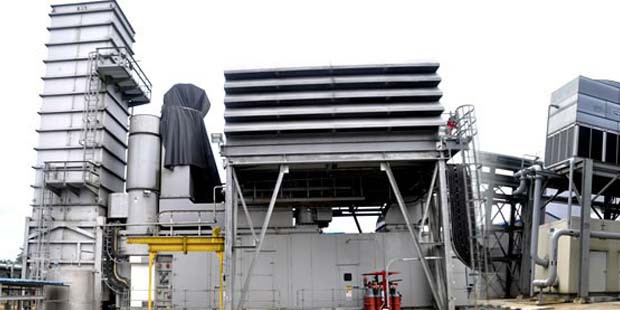The commission recommended Sweden should switch to an auction system for offshore wind farms, widely used in other countries, but the head of the commission said an analysis showed that would not be enough to guarantee more wind parks were constructed.
“There doesn’t appear to be any area around Sweden’s coasts where the anticipated income is higher than the expected costs,” Magnus Hermansson told reporters.
He said 99.5% of offshore wind farms built in the last decade in northern Europe had needed some kind of state support.
The government will “take on board” the commission’s findings, Environment Minister Romina Pourmokhtari said, but did not promise any new subsidies.
“This government is aware that we need to change our system and to take a number of measures to improve the situation for offshore wind in Sweden,” Pourmokhtari said. “A new system with an auction model is an improvement. If that is not enough, we as a government will have to look at it further.”
The government reckons Sweden will need to double electricity production in the coming two decades to around 300 terrwatt hours (Twh) to meet increased demand and to reach a goal of zero emissions.
It wants to build 10 nuclear power plants and has offered to help shoulder the cost with cheap loans.
It has also removed subsidies for connecting offshore wind projects to Sweden’s electricity grid. That led state-owned utility Vattenfall in October to pause plans for the Kriegers Flak wind farm off the west coast – one of only three that has been given the go-ahead in recent years.
Wind power makes up around 21% of Sweden’s energy mix, but the vast majority is onshore, where the government has said it will introduce financial incentives for local communities to accept new wind parks.
At the start of November, the government rejected 13 of 14 offshore wind applications, citing objections from the military about security in the Baltic Sea.
Sweden allows offshore wind developers to apply to build anywhere, but this has led to large numbers of applications being rejected. The new system would designate areas where it was possible to build, saving time and money.
Reporting by Simon Johnson, editing by Terje Solsvik and Barbara Lewis – Reuters




